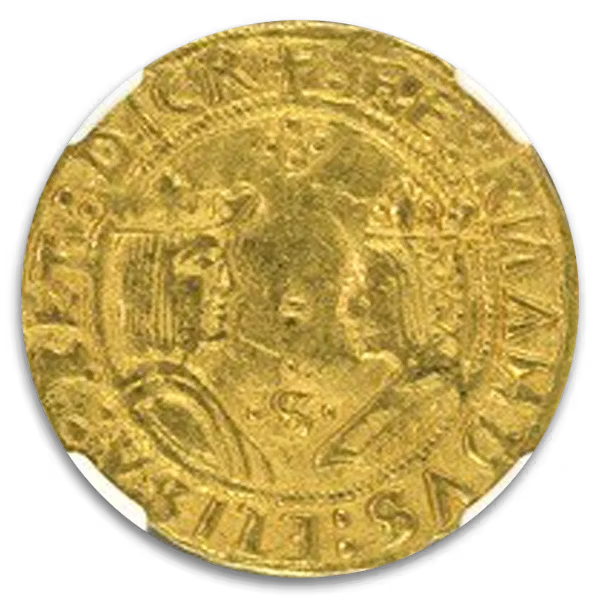Rare Coins Guide
Blanchard proudly offers the finest selection of quality graded rare coins available for online purchase. Our coins are handpicked by the top numismatist in the industry. We have thousands of rare gold and silver coins in inventory, if you do not see what you are looking for below, please call us today. Learn more
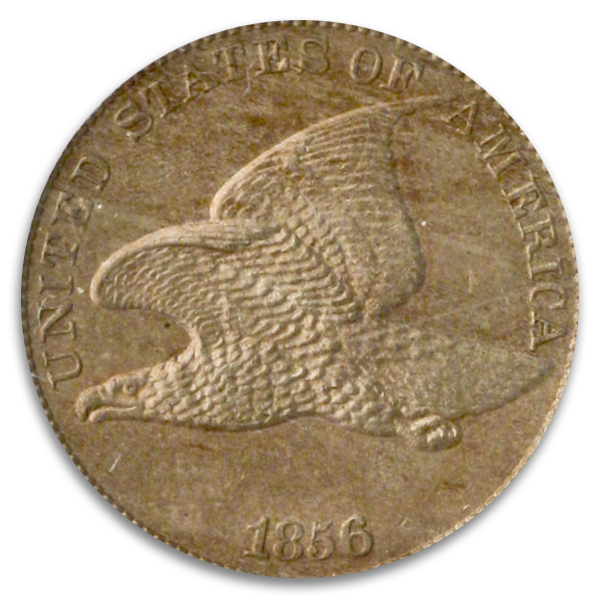
SMALL CENTS
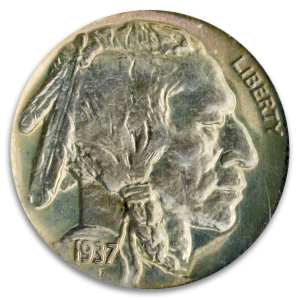
NICKELS
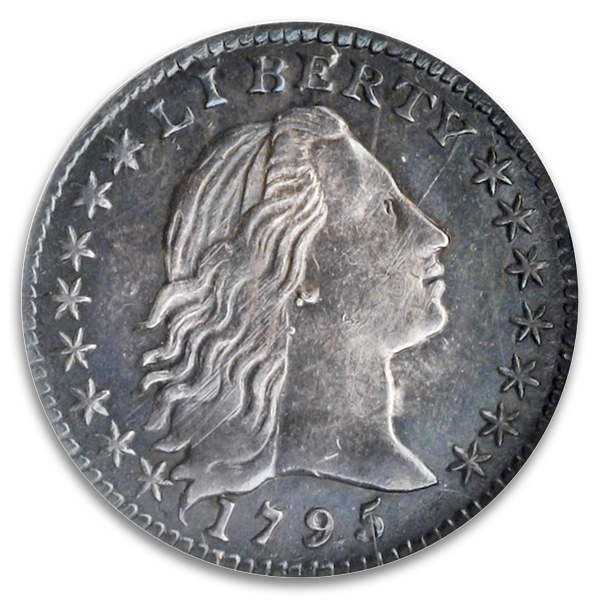
HALF DIMES
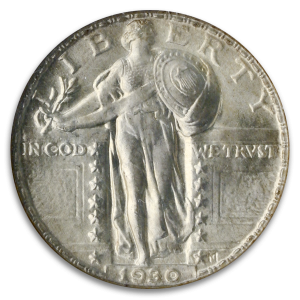
QUARTERS
Barber Quarter (1892-1916) [1]
Standing Liberty Type 1 (1916-1917) [1]
Standing Liberty Type 2 (1917-1930) [2]
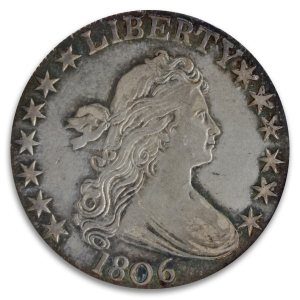
HALF DOLLARS
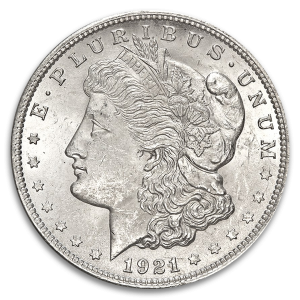
DOLLARS
Morgan Dollars (1878-1921) [215]
Peace Dollars (1921-1935) [36]
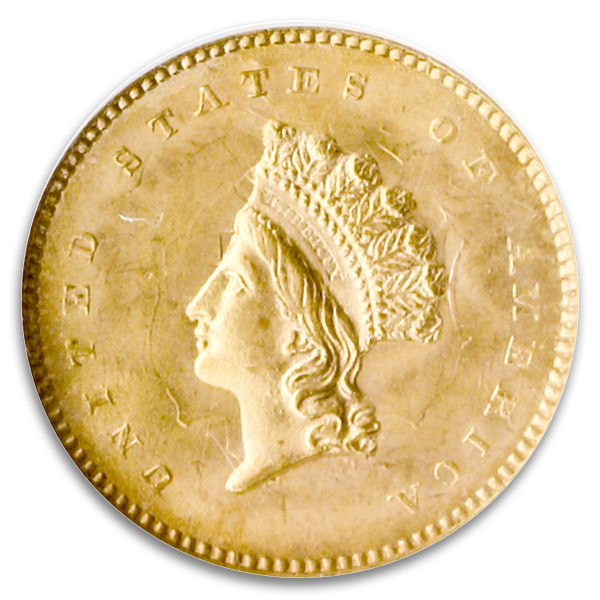
GOLD DOLLARS
Gold Dollars Type 2 (1854-1856) [1]
Gold Dollars Type 3 (1856-1889) [1]
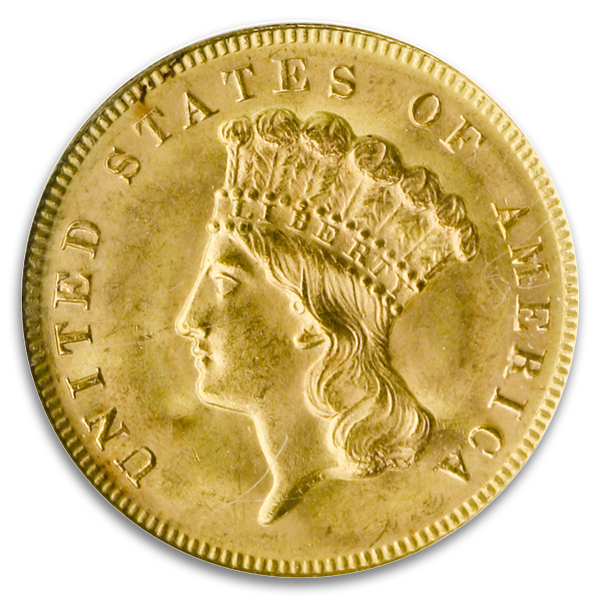
THREE DOLLAR GOLD
Proof Three Dollar [1]
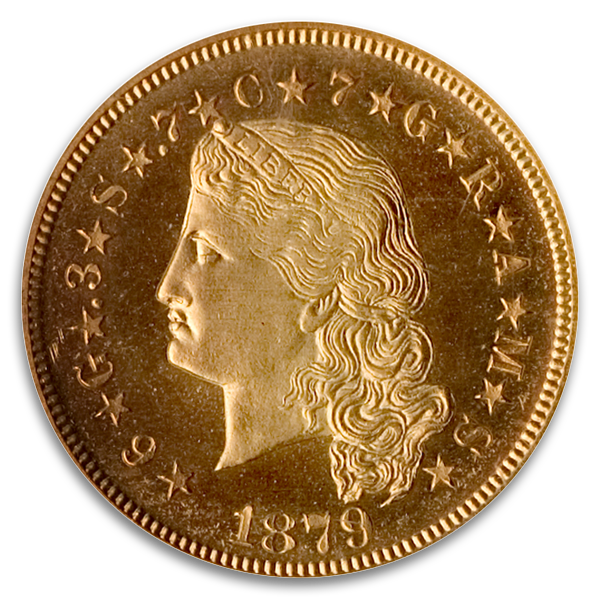
FOUR DOLLAR GOLD
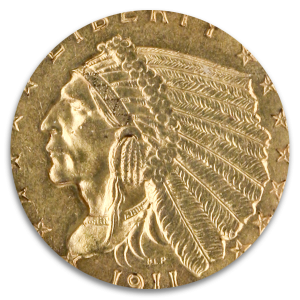
QUARTER EAGLES
Capped Bust Sm Dent (1829-1834) [2]
Classic Head (1834-1839) [1]
Liberty Head (1840-1907) [8]
Proof Liberty Head [2]
Indian Head (1908-1929) [21]
Proof Indian Head [2]
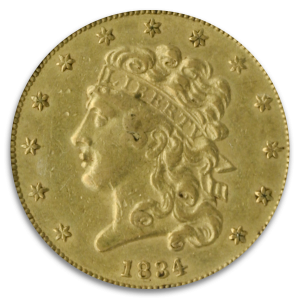
HALF EAGLES
Capped Draped Bust Ty 1 (1807-1812) [4]
Capped Bust Small Bust Large Diameter Ty 2 (1813-1828) [1]
Capped Bust Small Bust Small Diameter Ty 3 (1829-1834) [1]
Classic Head (1834-1838) [1]
Liberty Head No Motto (1839-1866) [8]
Liberty Head W/ Motto (1866-1908) [17]
Proof Liberty Head W/ Motto [1]
Indian Head (1908-1929) [8]
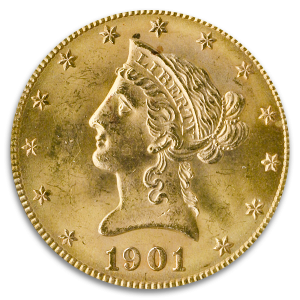
EAGLES
Liberty Head No Motto (1839-1866) [3]
Liberty Head W/ Motto (1866-1907) [8]
Indian Head W/ Motto (1908-1933) [6]
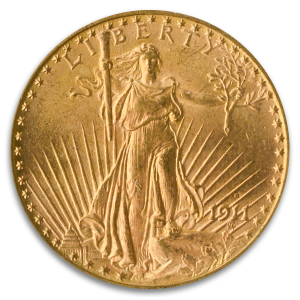
DOUBLE EAGLES
Liberty Head Type 2 (1866-1876) [8]
Liberty Head Type 3 (1877-1907) [18]
St Gaudens High Relief (1907) [6]
St Gaudens No Motto (1907-1908) [4]
St Gaudens W/ Motto (1908-1933) [21]
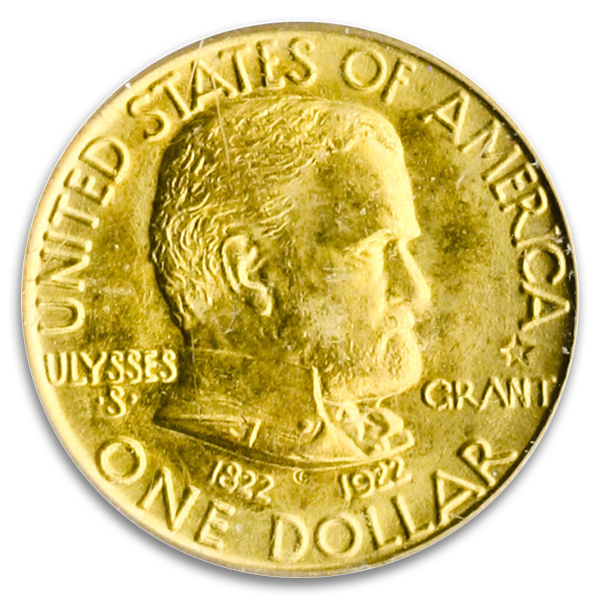
GOLD COMMEMORATIVES
Gold Commemorative $2.50 [2]
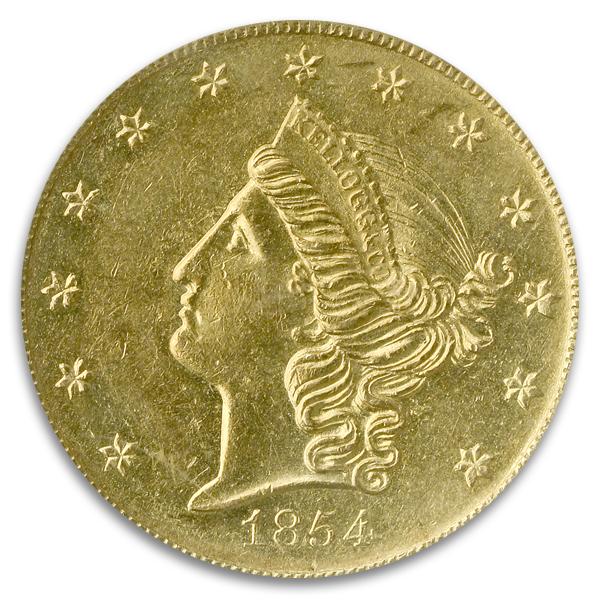
TERRITORIALS
